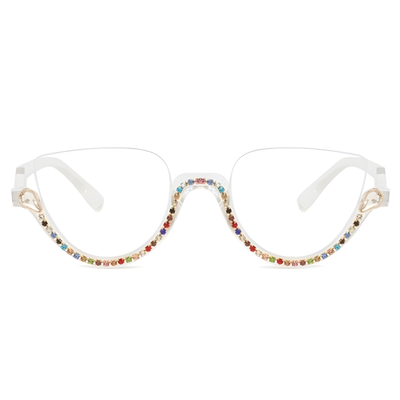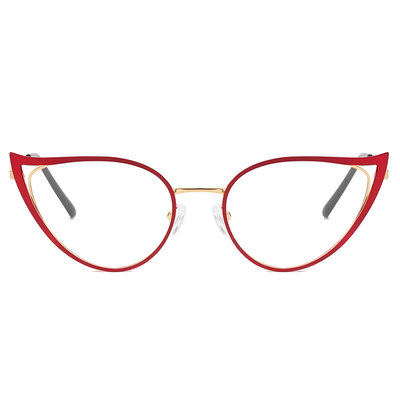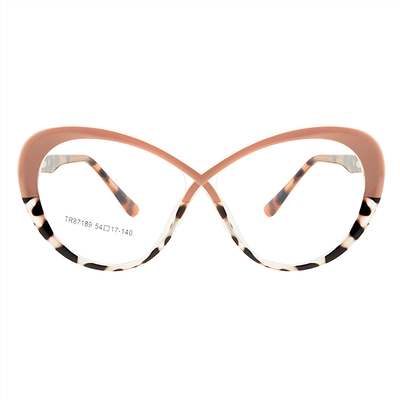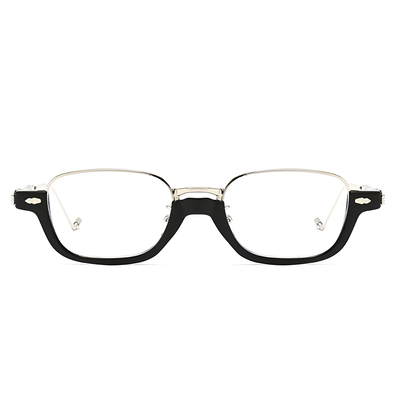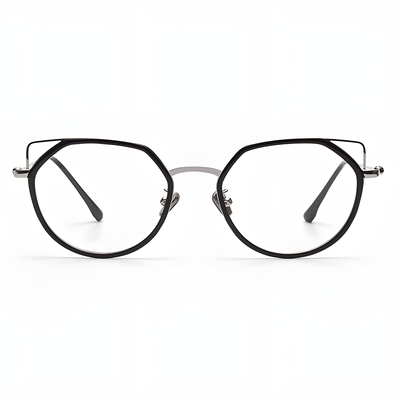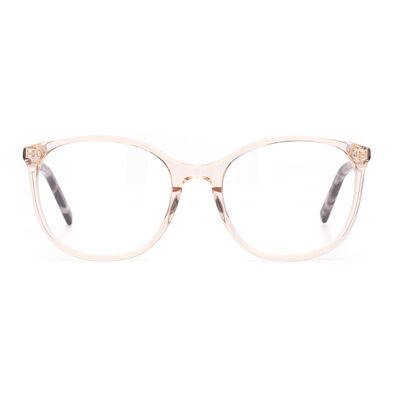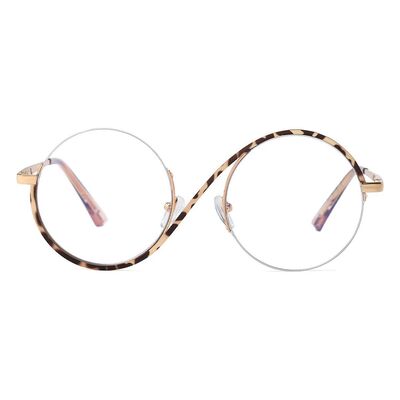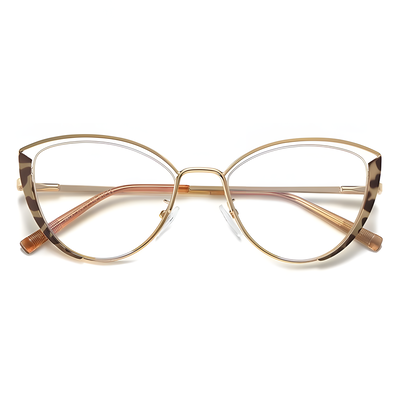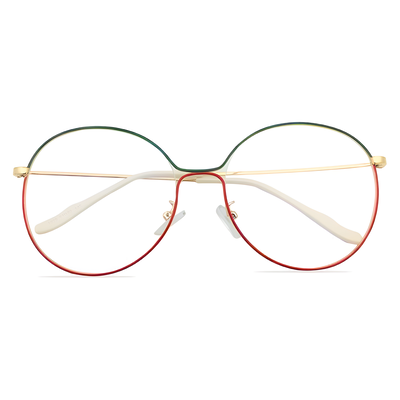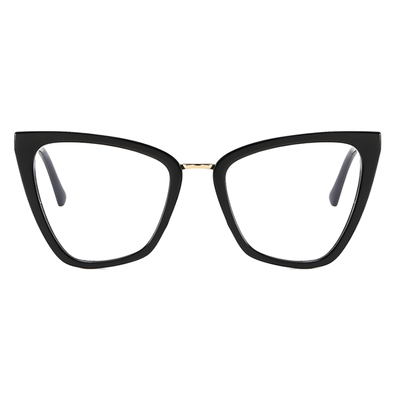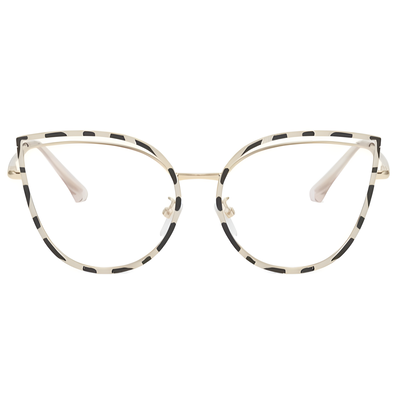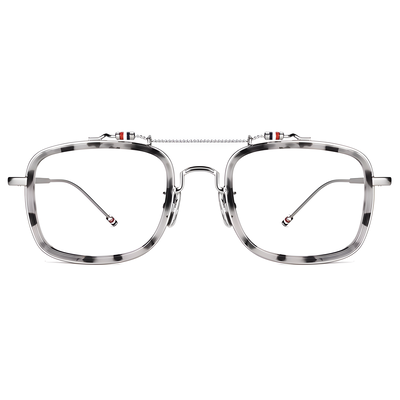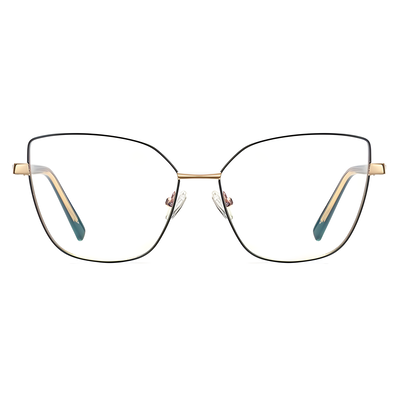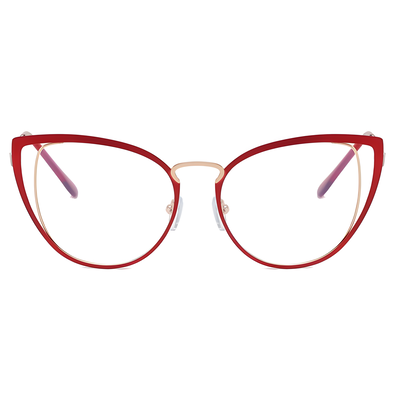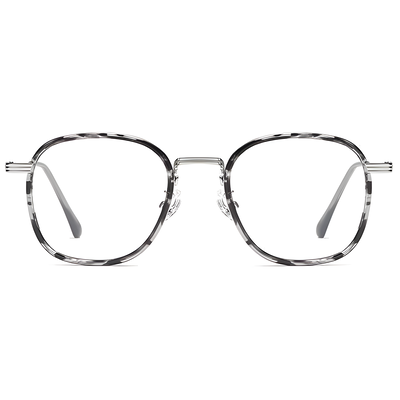Farsighted vs. Nearsighted, both have difficulty seeing specific objects clearly, what are their differences? Either condition can seriously impact our quality of life. Usually, getting the right pair of glasses is the best solution at this time.
In this blog, we will answer the following questions to help you better understand your situation and find appropriate solutions. Please continue scrolling to read more.
- How do our eyes work?
- What is farsighted?
- What is nearsighted?
- Farsighted vs. Nearsighted: What are the differences?

How do our eyes work?
The eyes rely mainly on the eyeball for vision. A normal eyeball is approximately a spherical structure with a diameter of about 24 millimeters, consisting of the eyeball wall and some tissues inside the eyeball.
Simply put, the eyeball works like a camera (in fact, cameras are designed to mimic the eye). The eyeball wall has three layers: the outer layer is a thick, white membrane called the sclera, commonly known as the white of the eye, which serves to protect the internal eye tissues. At the front of the outer layer is a transparent membrane resembling a circular window called the cornea, which functions like the camera's lens, allowing light to enter the eyeball. Just behind the cornea is the colored part of the eye known as the iris. In the center of the iris is a small hole called the pupil, which acts like the camera's aperture, adjusting its size based on the intensity of light to control its entry into the eyeball. Behind the iris, there is a structure called the ciliary body, which is usually not visible and is responsible for adjusting the focal length and producing aqueous humor. The innermost layer of the eyeball is the retina, which receives the incoming light, similar to the film used in cameras.

Within the eyeball, there are three components: aqueous humor, lens, and vitreous humor. Aqueous humor is a nutrient-rich fluid that maintains eye pressure and nourishes the internal eye tissues. The lens is a flattened, convex lens, similar to a camera's zoom lens, and with the ciliary body's cooperation, it can adjust the eye's focus for clear distant and close vision. The lens's internal structure resembles an "onion," with many layers that grow continuously.
As age increases, the core part of the lens gradually enlarges, and the lens thickens and expands, thereby increasing the volume of the eye. This change promotes easier contact between the lens and the back of the iris. When the eye looks at something, light enters the eye from the front and passes through the cornea, aqueous humor, pupil, lens, and vitreous humor (refractive media) to reach the retina. Complex biochemical reactions occur in the retina, generating bioelectric currents, which are then transmitted to the brain through the optic nerve (similar to a cable). This process results in vision.
What is farsighted?
Farsightedness, also known as hyperopia, is a refractive condition where the eye's resting focus is beyond the retina. In other words, when a farsighted person looks at distant objects, parallel light rays entering the eye are refracted and focused behind the retina. To see distant objects clearly, farsighted individuals need to increase their eye's refractive power. Additionally, to see close objects clearly, they require even more accommodation. Farsighted individuals experience blurred vision for both near and distant objects, contrary to the misconception that they can only see faraway objects clearly.
In the majority of farsighted cases, the eyeball is smaller with a shorter front-to-back axis, known as a short eye axis in ophthalmology. This is usually determined by genetic factors.

What is nearsighted?
Nearsightedness, also known as myopia, occurs when the eye's resting focus is in front of the retina. This leads to a situation where the image formed by light entering the eye does not focus directly on the retina, resulting in a blurred image.
Scientific research suggests that both environmental influences and genetic factors play significant roles in causing myopia. The degree of myopia is closely related to the myopia levels of parents. Surveys have shown that if both parents have high myopia, the likelihood of their children having myopia increases. If both parents are not nearsighted, the risk of their children having myopia is four times lower.
Apart from genetic factors, environmental factors such as improper eye usage can also be major causes of myopia. For instance, prolonged periods of reading, using smartphones, and other close-range activities can lead to spasms in the eye's ciliary muscle, causing elongation of the eye axis, which in turn prevents light from focusing on the retina, resulting in blurred vision and myopia.
Farsighted vs. Nearsighted: What are the differences?
To better understand the difference between these two concepts, you can check out the table below:
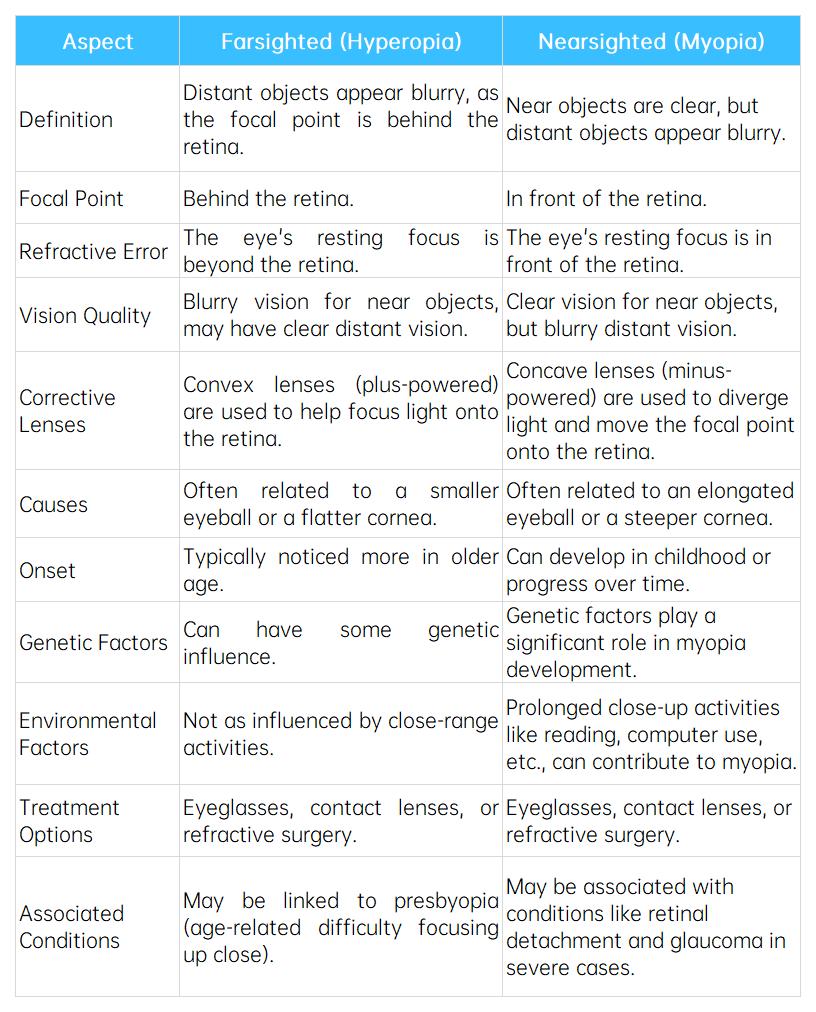
Conclusions
Regardless of myopia or hyperopia, everyone should get glasses in time to correct their eyesight, in addition, usually develop scientific habits of eye use and eye care, which can effectively alleviate the aggravation of the degree. It is worth noting that myopia or hyperopia is often accompanied by astigmatism, which requires the judgment of a professional doctor, so it is very important to consult a doctor in time.
